Debt recycling is a financial strategy that can help you transform bad debt into good debt, boosting your wealth and enhancing your financial future. This article explains the concept, its benefits, risks, and how it might apply to your specific situation.
Understanding Good and Bad Debt
Good debt is tax-deductible and contributes to long-term wealth, like investment loans. Bad debt, like car loans, credit card debts, and home mortgages, is not necessarily tax-deductible and doesn’t always aid in wealth growth. Surprisingly, your home mortgage can be considered bad debt, as it offers no income or tax benefits, but does offer capital growth.
What is Debt Recycling?
Debt recycling involves using the equity in your home to invest in income-producing assets. These investments are tax-deductible, and their income can be used to pay off your home loan faster. This process doesn’t increase your overall debt; instead, it reallocates your debt to more financially advantageous areas.
The Benefits of Debt Recycling
The primary benefits of debt recycling include owning your home sooner, saving on taxes, and building a diversified investment portfolio. By starting your investment portfolio early, you take advantage of compounding returns, which significantly impacts your long-term wealth and retirement savings. High-income earners find this strategy especially beneficial for reducing tax obligations.
Potential Downsides
Despite its advantages, debt recycling carries risks, particularly during market downturns, as losses are also compounded. The strategy often leverages against your family home, adding a risk element. It’s most suitable as a long-term strategy, allowing time to recover from any market dips.
Is Debt Recycling Right for You?
This strategy is ideal for those with stable incomes and who can manage the associated risks. Your risk tolerance, investment time frame, and financial goals are crucial in determining if debt recycling aligns with your needs. It’s highly advised to consult with a financial advisor to understand its suitability for your unique circumstances.
Approaching Debt Recycling
For effective debt recycling, it’s essential to have a clear understanding of the risks involved and a sound financial plan. Consulting with a financial advisor is recommended, particularly for those unfamiliar with the intricacies of this strategy.
Loan and Tax Considerations
It’s crucial to understand the tax implications of debt recycling. The Australian Tax Office allows interest claims on debts for income-producing purposes. Loan structuring is vital in this strategy, and seeking advice from a financial advisor and a mortgage broker is recommended.
Conclusion
Debt recycling can be a powerful tool for wealth creation for those comfortable with its risks and who have access to professional advice. It requires a well-thought-out approach and a long-term perspective. If you’re considering this strategy, it’s wise to consult with a financial expert to fully understand its impact on your financial situation and goals.
If this article has inspired you to think about your own unique situation and, more importantly, what you and your family are going through right now, please contact your advice professional.
This information does not take into account the objectives, financial situation or needs of any person. Before making a decision, you should consider whether it is appropriate in light of your particular objectives, financial situation or needs.
(Feedsy Exclusive)





